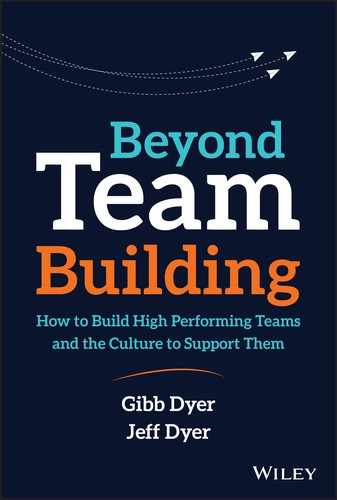Book Description
Understand the dynamics of all different types of teams
Beyond Team Building: How to Build High Performing Teams and the Culture to Support Them represents the latest in thinking about creating effective teams. The authors present a new “Five C” framework that focuses on the core aspects of team building. The book helps the reader assess how his/her team is performing on each of the 5Cs—context, composition, competencies, change, and collaborative leadership, and discusses options concerning how to improve team performance along each of these dimensions. The book includes:
• A wealth of examples of effective (and ineffective) teams from such companies as Cisco Systems, Bain & Company, and Amazon
• New material concerning how to develop effective entrepreneurial and family teams
• How to manage cross-cultural, virtual, and alliance teams
• How to create a “team building organization”
This book provides the next generation of team leaders, team members, and team consultants with the knowledge and skills they need to create effective and high functioning teams.
